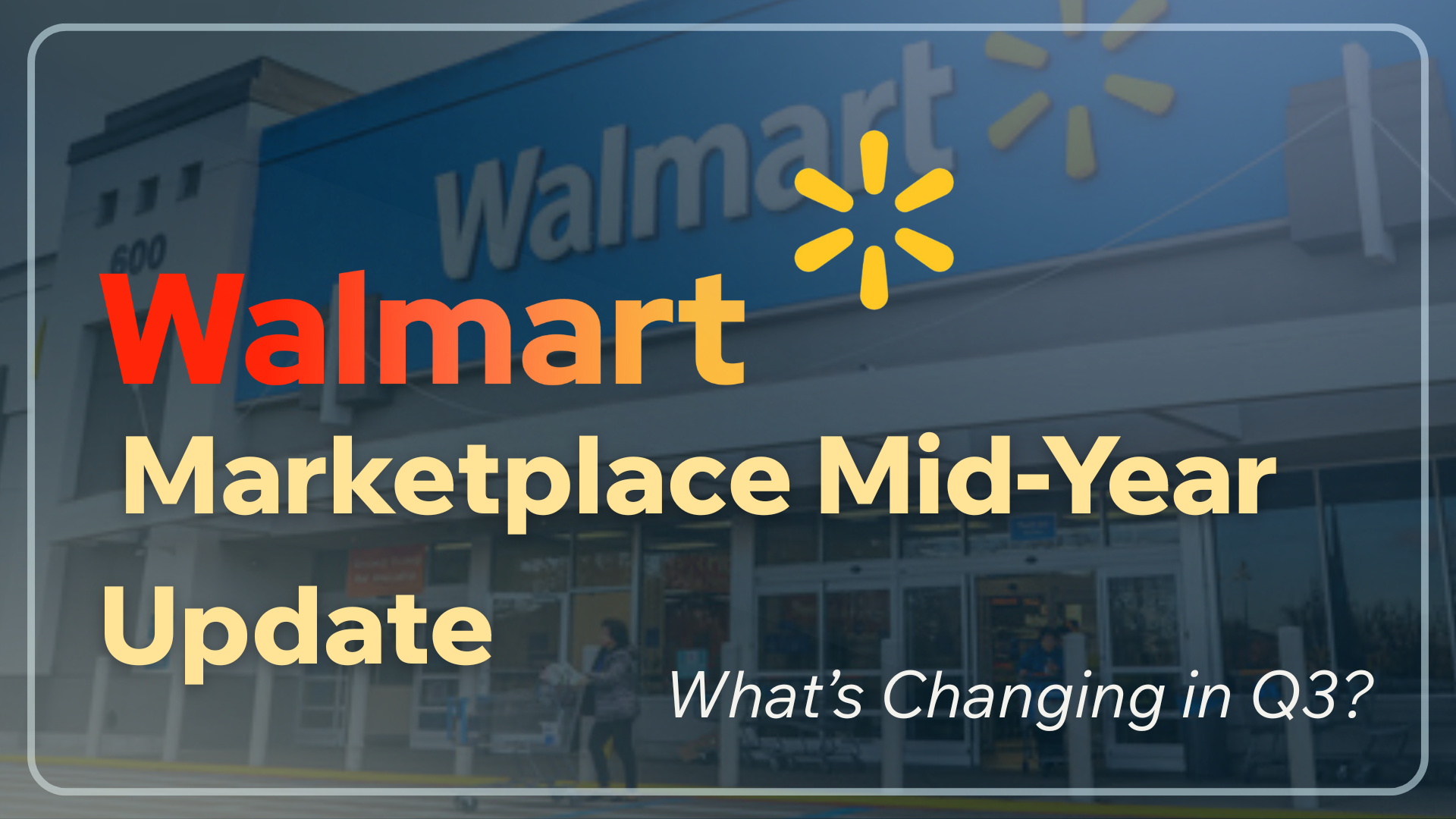Selling on Amazon is a high-stakes game. While it offers unparalleled reach and sales potential, the marketplace comes with a hidden cost structure that can quietly drain profits. From Amazon FBA fees and storage charges to advertising inefficiencies and return costs, sellers often lose money without realizing where it’s going.
This is where Quarterly Business Reviews (QBRs) come in. By conducting structured QBRs, Amazon sellers can identify wasteful spending, optimize fees, and enhance profitability. In this article, we’ll explore how Amazon sellers can leverage QBRs to uncover hidden costs and maximize their bottom line.
Generally, many Amazon sellers assume their biggest expenses are the cost of goods sold (COGS), advertising spend, and fulfillment fees. But in reality, numerous hidden costs slowly erode profitability. These include:
Without a structured QBR process, sellers unknowingly lose thousands of dollars every quarter.
QBRs serve as a profitability health check, allowing Amazon sellers to uncover financial inefficiencies. Here’s how QBRs optimize costs:
Pro Tip: Conduct a fee audit every quarter to compare expected vs. actual Amazon charges.
Pro Tip: Set a monthly QBR checkpoint for ad spending adjustments.
Pro Tip: Check Refund Reimbursement Reports in Seller Central to claim owed funds.
Pro Tip: Set a 30-day QBR mini review, then check stock levels before peak seasons.
Pro Tip: Run QBR reports on chargebacks & co-op fees to pinpoint unnecessary costs.
A well-structured QBR can transform hidden fees into increased profitability. Follow these steps:
Above all, the Amazon marketplace is full of hidden costs that gradually erode your profits. Without Quarterly Business Reviews (QBRs), sellers remain unaware of excessive FBA fees, return losses, inefficient ad spend, and unoptimized inventory costs.
By conducting structured QBRs, Amazon sellers can:
Cut unnecessary fees
Optimize ad performance
Streamline inventory management
Reduce return rates
Recover Amazon reimbursements
The Importance of a Quarterly Business Review (QBR) for Your Business – AIS Now
How to Run a Successful Quarterly Business Review for Amazon Sellers – Grain
Gainsight’s Guide to QBRs for E-commerce & Customer Success




Learn how Amazon, Walmart, and Wayfair empower small business ecommerce brands with tools, reach, and growth opportunities.


Discover the top AI shopping trends transforming consumer behavior in 2025 — from AI agents to visual search. Learn what brands on Amazon, Walmart, and Wayfair must do to stay ahead.


Struggling with the e-commerce summer slump? Discover strategies for Amazon, Walmart, Wayfair, Lowe’s, Home Depot & Overstock sellers to optimize listings, plan inventory, and get ahead for Q4.


Explore how Evolution Outdoor, in partnership with Rebelution, achieved a remarkable 65% increase in year-over-year sales...

.jpg)
Explore how Evolution Outdoor, in partnership with Rebelution, achieved a remarkable 65% increase in year-over-year sales...


Explore how Evolution Outdoor, in partnership with Rebelution, achieved a remarkable 65% increase in year-over-year sales...


